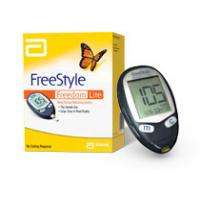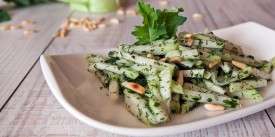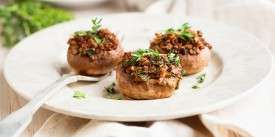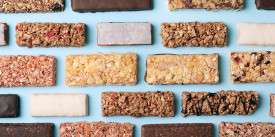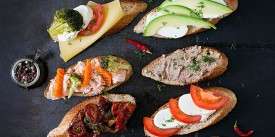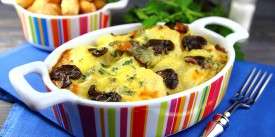
What Food Should Diabetics Avoid?What Food Should Diabetics Avoid?
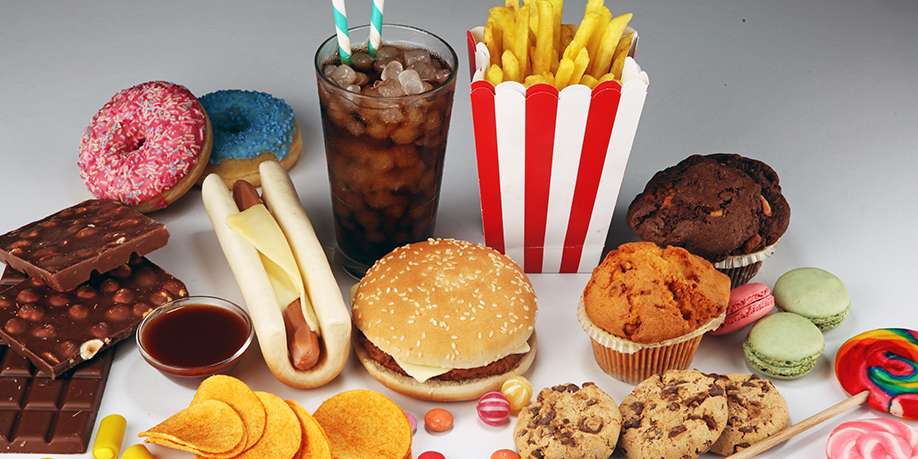  © Beats1 | Dreamstime.com The choice of food for diabetics is a crucial decision that has a lasting impact on health. The right foods can help reverse and even prevent type 2 diabetes. Wrong diabetes foods can contribute to worsening symptoms of diabetes and heart disease, obesity, and metabolic syndrome. Because diabetes is a disease of energy mismanagement, and specifically issues with insulin, the primary foods to avoid are those with high amounts of simple carbohydrates. A good rule of thumb is the higher the glycemic index, the more a person with diabetes should avoid that food. Further, how palatable or easy to eat food is has a significant impact on blood sugar and insulin sensitivity. Overeating anything will limit the body's ability to transport nutrients and lead to insulin resistance. Limiting highly palatable or "junk" foods are crucial to slowing down and reversing diabetes. Diabetes, The Glycemic Index, and Palatability Diabetes nutrition is all about balancing blood sugar levels. Carbs are a vital energy source that gets broken down into glucose, the simplest form of sugar, and transported via insulin to cells. When people with diabetes consume food, they either don't have the insulin available to transport glucose (type 1 diabetes), raising blood sugar levels significantly; or in type 2 diabetics, the cells have become resistant to insulin and are no longer accepting blood sugar. The amount of carbs in food isn't the best indicator of how much it will spike blood sugar. There could be the same amount of sugar in a 2oz soda as in 2lbs of kale, but that sugar will enter the body in drastically different ways. The Glycemic Index Glycemic index (GI) is the best predictor of blood sugar levels for people with diabetes. The glycemic index shows on a scale of 1-100 how quickly a food will convert to blood glucose, with 100 being the highest. For people with diabetes, avoiding foods with a GI over 50 is a good start. Palatability Another strong recommendation for diabetes treatment is to avoid highly palatable foods. In other words, replace junk foods with healthier alternatives. Because diabetes is primarily a concern of consuming too much energy, avoiding foods that are highly concentrated in calories and easy to eat is key to controlling and reversing symptoms. Palatable foods combine sugar and fat (baked sweets) or fat and salt (chips and fries) to make the foods highly desirable. These foods override natural satiety signals (feeling full) and can be consumed far past daily energy requirements. 7 Foods Diabetics Should Avoid Here are seven foods people with diabetes should avoid when managing their symptoms. 1. White Bread, Pasta, and Rice White bread, pasta, or rice is created by stripping whole grains of their nutrients and fiber, making them easier to eat and drastically increasing their glycemic index. While not a source of energy, fiber is necessary for gut health and allows natural carbohydrate breakdown. It also increases satiety, allowing individuals to feel fuller for longer. 2. Drinks with High Fructose Corn Syrup Consuming beverages sweetened with sugar and especially high fructose corn syrup are one of the quickest ways to spike blood sugar and promote insulin resistance. The large amounts of carbs they contain become rapidly converted to blood glucose and wreak havoc on the body. 3. Pop-tarts and Packaged Breakfast Foods Many marketed breakfast foods are junk food in disguise. Pop-tarts, toaster strudels, and cereal bars are highly processed with simple sugars and fats and can quickly spike blood sugar at the start of the day. 4. Dried Fruit While high in nutrients and fiber, dried fruit can still be dangerous for people with diabetes. The water removed from fruit concentrates the sugar and makes it more digestible than when in fresh fruit. 5. Trans Fats While not a sugar, trans fats have been directly linked to insulin resistance and diabetes. These unhealthy fats are common in prepackaged foods to extend their shelf life and promote inflammation and belly fat. 6. Chips and Salty Snacks Chips are the epitome of highly palatable foods. While not as high in carbs as sodas or baked treats, they are easy to over-consume and contribute to diabetes and obesity. 7. Processed Red Meat A large study evaluating red meat consumption and type 2 diabetes found a significant relationship between the two. Processed red meats are high in fat, artificial preservatives, and carcinogens. Additionally, red meat can contribute to heart disease, obesity, and high cholesterol, all highly related to type 2 diabetes. Controlling, reversing, and ultimately preventing diabetes is possible through the right lifestyle changes. Because diabetes, like obesity, is primarily a disease of energy mismanagement, managing the foods they eat is the first step diabetics can take. For those with diabetes, avoiding foods with a glycemic index over 50 and that have a lot of simple carbs is the first step. The foods with a high glycemic index are often highly palatable "junk" foods, which people with diabetes should replace with healthy alternatives.
| |||||||||||||||||||||||||

















